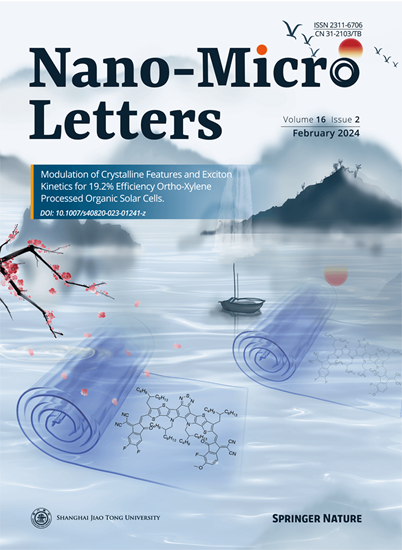基于二维mxeni的神经形态计算智能应用高级传感器。
IF 36.3
1区 材料科学
Q1 Engineering
引用次数: 0
摘要
作为新兴的二维(2D)材料,碳化物和氮化物(MXenes)可以是固溶体或由多原子层组成的有组织结构。MXenes具有卓越的、可调节的电学、光学、机械和电化学特性,在大脑启发的神经形态计算电子学方面显示出巨大的潜力,包括神经形态气体传感器、压力传感器和光电探测器。本文对MXenes在神经形态传感领域的研究进展进行了前瞻性的综述,并讨论了需要解决的关键挑战。环境暴露下的长期稳定性不足、高成本、大规模生产的可扩展性限制以及可穿戴集成中的机械失配等关键瓶颈阻碍了它们的实际部署。此外,异质结构中的界面相容性和神经形态信号转换中的能量效率低下等尚未解决的问题需要迫切关注。本文综述为未来的研究方向提供了新的见解,增强了对MXene性质的基本认识,并通过与各种新兴技术的融合,促进了MXene进一步融入神经形态计算应用。本文章由计算机程序翻译,如有差异,请以英文原文为准。
Two-Dimensional MXene-Based Advanced Sensors for Neuromorphic Computing Intelligent Application
Highlights
-
The latest research progress in the field of MXene-based neuromorphic computing is reviewed.
-
The design strategy of MXene-based neuromorphic devices encompasses multiple factors are summarized, including material selection, circuit integration, and architecture optimization.
-
Future development paths for MXene-based neuromorphic computing are discussed, including large-scale manufacturing, stability enhancement, and interdisciplinary integration.
求助全文
通过发布文献求助,成功后即可免费获取论文全文。
去求助
来源期刊

Nano-Micro Letters
NANOSCIENCE & NANOTECHNOLOGY-MATERIALS SCIENCE, MULTIDISCIPLINARY
CiteScore
32.60
自引率
4.90%
发文量
981
审稿时长
1.1 months
期刊介绍:
Nano-Micro Letters is a peer-reviewed, international, interdisciplinary, and open-access journal published under the SpringerOpen brand.
Nano-Micro Letters focuses on the science, experiments, engineering, technologies, and applications of nano- or microscale structures and systems in various fields such as physics, chemistry, biology, material science, and pharmacy.It also explores the expanding interfaces between these fields.
Nano-Micro Letters particularly emphasizes the bottom-up approach in the length scale from nano to micro. This approach is crucial for achieving industrial applications in nanotechnology, as it involves the assembly, modification, and control of nanostructures on a microscale.
 求助内容:
求助内容: 应助结果提醒方式:
应助结果提醒方式:


